Use Your Illusion (I & II) by Guns n’ Roses
Buy Use Your Illusion I Buy Use Your Illusion II It had been four years since Guns n’ Roses had put out their last full studio album, which also happened to be their […]
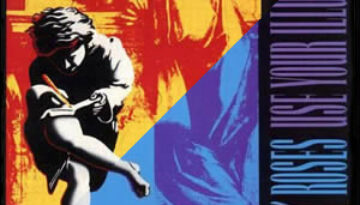
Buy Use Your Illusion I Buy Use Your Illusion II It had been four years since Guns n’ Roses had put out their last full studio album, which also happened to be their […]
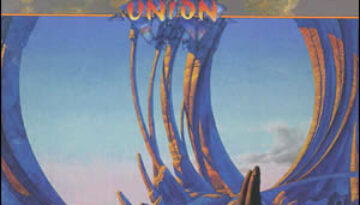
Buy Union The 1991 album, Union, is unique not only among the vast collection of Yes albums, but is a unique release among all mainstream rock albums. At the time they were recorded, […]
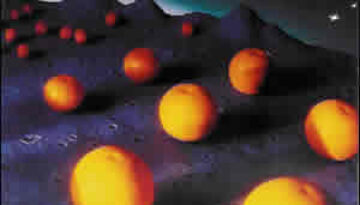
Buy The Dylans When determining which albums to review here at Modern Rock Review, we like to stay pretty much within the bounds of mainstream rock and usually only make exceptions for very […]
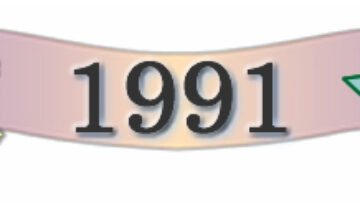
Buy Ten Pearl Jam‘s excellent debut is one of the most potent and indelible of debut albums ever released. The album called Ten was released in August 1991, at the vanguard of a […]
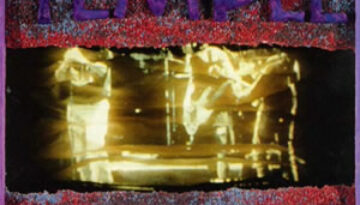
Buy Temple of the Dog Temple of the Dog was sort of a reverse super group in the sense that the group members would go on to play in two of the more […]

Buy Psychotic Supper Out of the deluge of “hair bands” that populated the rock scene in the late 1980s, Tesla was, perhaps, the most talented and interesting. The band composed songs which were […]
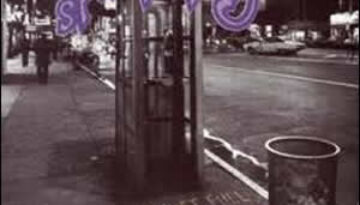
Buy Pocket Full of Kryptonite As the Grateful Dead’s long career began to wind down in the early nineties, there were many pseudo-hippie, jam-oriented bands that emerged to fill the void for the […]

Buy Out of Time Following the success of R.E.M.‘s 1988 album Green and the extensive supporting tour which followed, the band took nearly a year to recuperate before reconvening to produce their next […]
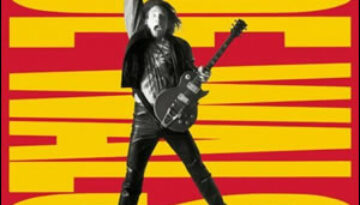
Buy Ordinary Average Guy Joe Walsh‘s long solo career was beginning to wind down by the early nineties, in part due to a decades long “party” which was starting to take its toll […]
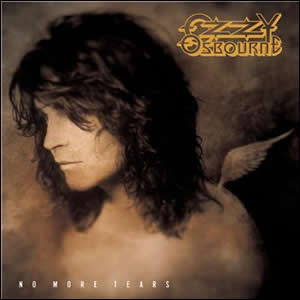
Buy Ordinary Average Guy Ozzy Osbourne entered the second act of his successful solo career with 1991’s No More Tears. This sixth studio album would go on to become his second best-selling in […]